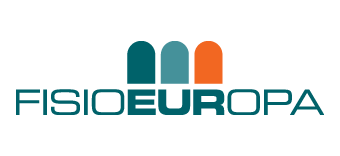Tendinopathy is the general clinical condition in which the tendon or the parts immediately adjacent to it are involved. The tendon is the most sensitive element in the joint and for this reason it is subject to numerous pathologies. The classification can be made based on the structures concerned or based on the site of onset. Tendinopathy can be patellar, achillea, calcific, insertional and related to the shoulder and knee. Generally, the tendons most at risk are those pertaining to the muscle groups that act on the joints most stressed by constantly repeated movements over time.
The most common tendinopathies are peritendinitis (characterized by inflammatory phenomena of the peritendinous sheets), tendinosis (characterized by degenerative manifestations of the tendon tissue that weakens and loses tone. This pathology mainly affects the elderly and people who subject the tendons to excessive strain. already inflamed) and insertional tendinopathies (characterized by inflammatory and degenerative phenomena affecting the osteotendinous junction).
Among the main causes that generate tendinopathies there are both mechanical and predisposing factors. In the first case it is a question of repeated mechanical stresses and functional hypersolecitations which in the long run create harmful effects on the tendon structures, first causing inflammatory consequences (inflammation) which clarify the clinical picture of “tendinitis”, and then exacerbate in tendinosis (tendon degeneration) and hence the tendon ruptures represent only a natural consequence of the tissue incapacity of the tendons in being able to respond to further mechanical stress, even of slight entity.
In the case of predisposing factors we refer to some anatomical characteristics of the tendon or to the alteration of anatomical formation adjacent to the affected tendon, as well as the incorrect execution of technical gestures as well as the specific individual predisposition in the degree of reactivity of their tissues to the mechanical stress themselves. .
As regards the painful symptoms, however, this presents a rather varied clinical manifestation. The pain can be spontaneous in nature especially in correspondence with the effort.
This post is also available in: Italian Chinese (Simplified)
Specialized Medicine
About us
Address: Via dell’Umanesimo 308 00144 Roma EUR
Telephone: +39 06.5910.802
E-mail: info@fisioeuropa.it
Privacy Policy – Cookie Policy
Schedule
Mon-Fri: 8:30 – 20:00
Saturday: 9:00-13:00
Sunday: closed
Visits by appointment
